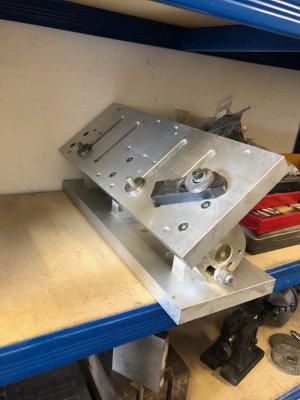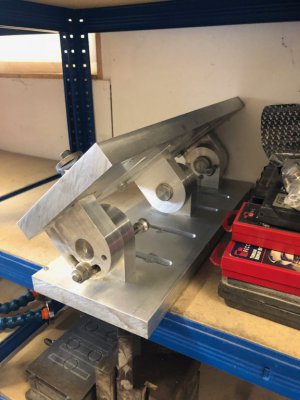- Joined
- Jan 25, 2015
- Messages
- 2,558
I've been thinking about buying a tilting table for my bench top mill (cx600/g0704). The reduced z clearance isn't an issue for the projects I do.
But I started thinking about the range of travel a table would have (ie: angle) and the fact that my mills head will tilt 45 degrees from vertical it either left or right directions.
Would a tilting table offer anything over just tilting the mill head?
I'm starting to think a tilting table would just be more of a limitation than and asset.....
But I started thinking about the range of travel a table would have (ie: angle) and the fact that my mills head will tilt 45 degrees from vertical it either left or right directions.
Would a tilting table offer anything over just tilting the mill head?
I'm starting to think a tilting table would just be more of a limitation than and asset.....



